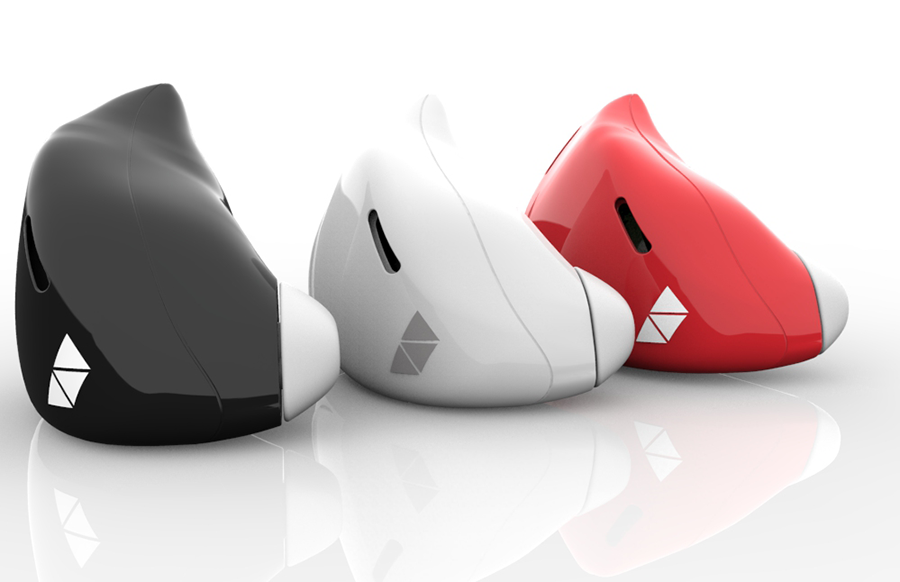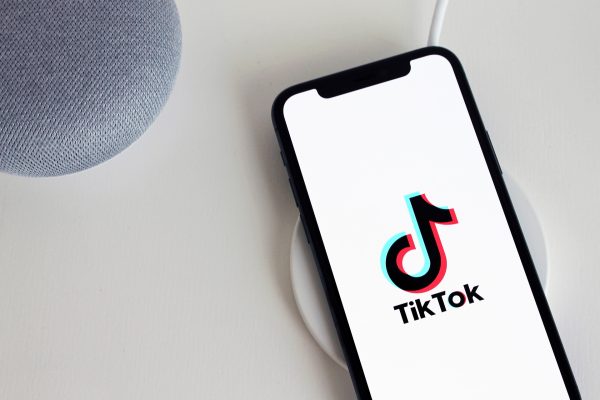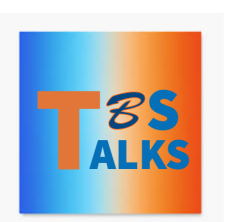New Earpiece Could Revolutionize Languages As We Know It
Photo courtesy of www.waverlylabs.com
The Pilot earpiece will be initially sold in black, white, or red.
Ever wish you didn’t need to know another language to talk to people who don’t speak yours? A revolutionary new earpiece may solve that problem. Andrew Ochoa, CEO and founder of Waverly Labs, recently created the Pilot, the world’s first smart earpiece. According to its website, Waverly Labs is a fledgling consumer electronics company founded in 2014 and the Pilot is its flagship product.
The sleek, wireless earpiece is a Bluetooth-powered device that translates languages between two or more people. Because it’s an earpiece, it blocks out all other noises. For it to work, two people have to each wear the earpiece. Both speakers choose a language via the “Pilot app” on their iPhone or Android device, and the app filters and synthesizes the language, translates it into the receiving user’s language of choice, and plays the translation through the earpiece. As a result, the two individuals can have a conversation in real time.
The languages available to users are English, Spanish, French, Italian, and Portuguese. Between the summer and fall of 2017, Waverly Labs promises eight new languages will be added, including Chinese, German, Russian, and Hebrew. This device could be extremely useful when traveling to other countries and could prevent meaning and comprehension from being lost in translation. Of course, this revolutionary technology comes at a price, but one that is fairly reasonable. Ochoa is selling the Pilot for $199.99 for a limited time, 33% off of the regular price of $299.99. You can pre-order now as the product is set to ship in May of 2017.
However, would the Pilot have educational applications and be useful for TBS students? Many of Benjamin’s world language teachers don’t think so. “I think it would make the world a lot smaller, also while diminishing the point of learning a language,” said seventh and eighth-grade Spanish teacher Mr. Chuck Maddox. However, he felt it would also have some upsides in terms of its use in traveling to other countries and/or interacting with those who speak another language. “It allows people to get a jumpstart on learning and interacting with other people,” he said.
World Language Department Chair and French teacher Mrs. Marci York was also skeptical about the Pilot. “In a nutshell, [the Pilot] might be good for a traveler who wants to get by with some basics and is looking for a discreet and wearable device,” she said. “However, technology will never be an adequate substitute for a fluent speaker of the language who has a knowledge of the country, its people, and the culture. This type of device cannot accurately interpret extra-linguistic clues such as facial expressions, body language, gestures that are an integral part of human language.”
However, because it’s new technology, some students are already smitten. “I would use it for my Spanish class to understand my teacher,” said seventh grader Ignas Berciunas. “I think it is cool that someone speaks in their language and you hear your own language, but at the same time it could be confusing. I really want to buy it.”
In addition to being a language translator, the Pilot also allows users to listen to music, so they can play any songs they have on their phone from any app connecting through the Bluetooth technology. The user can quickly change from listening to music to talking to someone with a simple tap on the Pilot App. There is a bonus with some of the downsides, and that is that the earpiece can also be used to stream wireless music.
While the Pilot may not be suited for school use, it may definitely help travelers and tourists break down language barriers and build understanding while allowing people from different cultures to connect – a concept which, for many, would be priceless.










